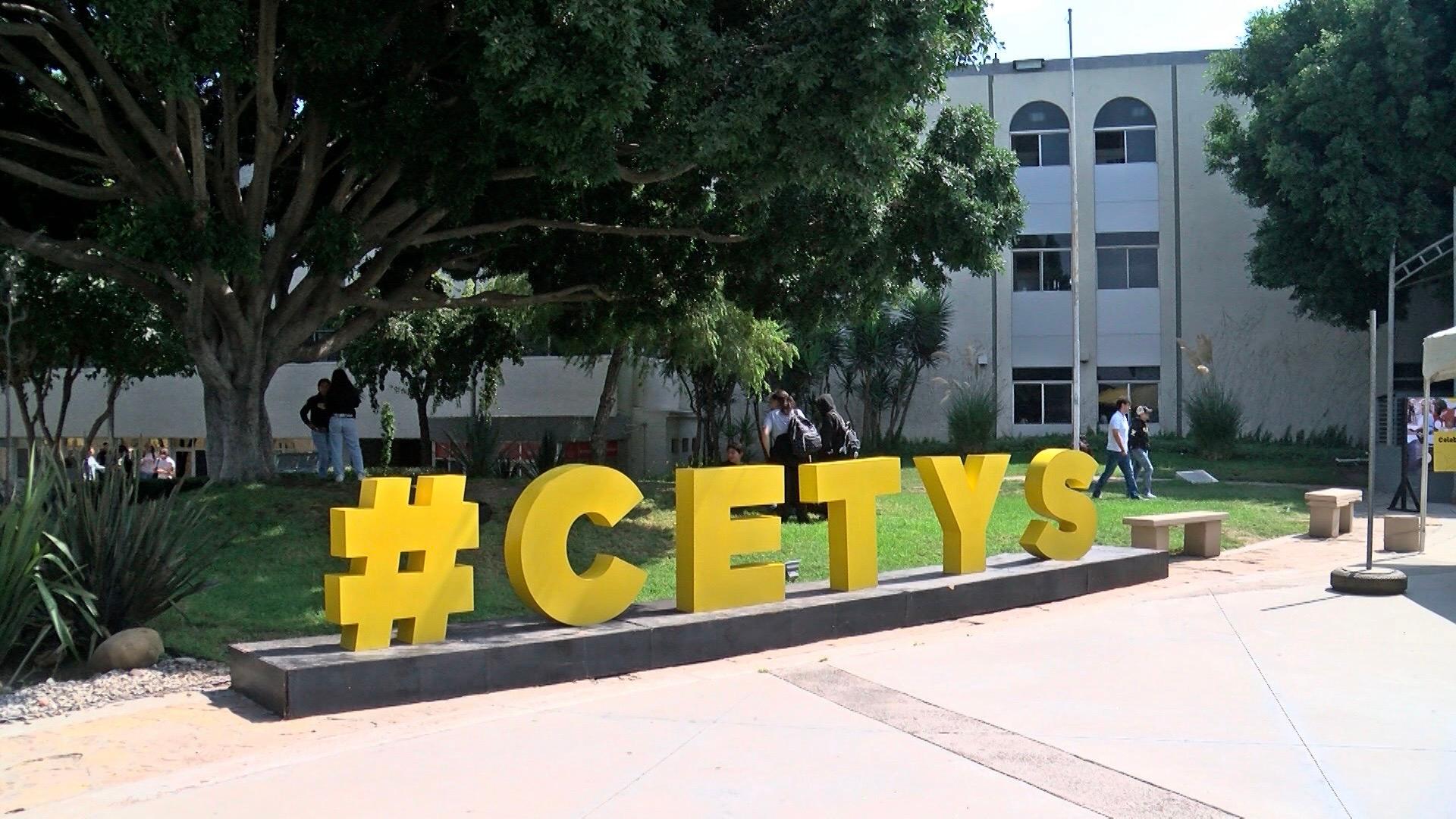Hundreds of US students cross the border daily to attend college in Tijuana
Every morning, thousands of students from Mexico stand in long lines to pass through US passport and customs control as part of their commute to get to colleges on the other side of the border.
Southern California, specifically the San Diego region, has traditionally attracted people with its better schools and economic opportunities.
Meliza Perez, a 22-year-old clinical psychology major at CETYS University, is bucking that trend.
“I love being over here,” Perez said, referring to CETYS’ Tijuana campus. “Even though it’s a real big hassle to cross every day.”
Perez, who lives with her family in National City — about 10 miles north of the border — still has a long commute. First, she takes public transportation to San Ysidro, home of the busiest border crossing in North America. Then, she gets in the pedestrian line to take the crosswalk across. Once she’s in Tijuana, Perez catches a ride from a family friend to campus.
If there are no delays at the border, it still takes about 1 1/2 hours. But Perez said it’s worth it.
She is particularly fond of the small class sizes — especially compared to large lecture halls common in American universities.
“The classes are really big over there, it’s like 40 students to one teacher,” she said. “They can’t pay attention to you. Over here, it’s 20 students to one teacher.”
Over the last few years, CETYS, which stands for Centro de Ensenanza Tecnica y Superior (Center for Technical and Higher Education) has taken multiple steps to attract more students from Southern California to its Mexicali and Tijuana campuses, said its president, Fernando Leon Garcia.
The biggest step was to earn the same level of accreditation that many US public and private universities have. CETYS is the only university in Baja California to have this level of accreditation. The university is recognized as meeting the same academic standards, and credits transfer to American universities.
Another factor is that CETYS does not restrict enrollment to high-demand courses, which often happens at American universities due to lack of resources, Leon Garcia said.
CETYS also leverages the fact that dozens of multinational companies have a presence in Tijuana. The city became a manufacturing hub in the 1990s, with companies like Toshiba using it to tap into the US market.
Tijuana is home to car manufacturers like Toyota, tech giants like Amazon, and dozens of biotech companies.
Leon Garcia said the university has partnerships with many of those companies where students can work and earn school credit.
“A few blocks from here is FoxCon … it’s the largest subcontractor for Apple worldwide,” he said.
Access to those companies is very appealing to Ezekiel Abundis, an industrial engineering student at CETYS.
Abundis is a dual citizen who grew up in Tijuana and attended high school in San Diego. After graduating from CETYS, he’ll have the option of working in the US or Mexico.
He said most people expect him to go north, but he plans to stay in Tijuana. It’s important for him to be an example for others that they don’t have to leave Mexico to get ahead in life.
“Knowing that I did it in Mexico, as a Mexican, it would be like beating a video game on a legendary difficulty level,” he said.
In the world of international higher education, what is happening at CETYS is an outlier, according to Gerardo Blanco, the academic director of the Center for International Higher Education at Boston College.
“In fact, the opposite direction is what we traditionally observe,” he said.
The normal trend is for students to go from Mexico to the United States. This phenomenon speaks to an increase in student mobility, Blanco said.
He compared what is happening at CETYS to what happened when China couldn’t offer the educational and economic opportunities that Hong Kong could.
“Normally, the trend was students from the People’s Republic going to Hong Kong,” he said. “But now, some of the trends for these students is the opposite.”
Mainland China is now home to some of the world’s top universities, which explains their popularity. The fact that CETYS has the same level of accreditation as US schools is having a similar effect, Blanco said.
Students like Abundis are taking advantage of this new dynamic in higher education. He said that he is excited to be a part of Tijuana’s booming cross-border economy.
Mexico just overtook China as the largest US trading partner. Cross-border trade that moves through San Diego and Tijuana is measured in the billions of dollars.
“Thank God I have these options,” Abundis said.
For Abundis and many of his classmates who cross the border daily, taking advantage of the region’s economic rise is their version of the American dream.
An earlier version of this was published on KPBS.
